Antimicrobial Textiles, Hero or Hype?
AN INDUSTRY INSIGHT BY FASHNERD FOUNDER MUCHANETA KAPFUNDE.
In this new age of hypervigilance, a textile capable of effectively destroying viruses is currently a well sought-after unicorn. So much so that quite a few fashion brands have managed to create a buzz around antimicrobial textiles, materials infused with zinc and copper oxides of silver ions. Although antimicrobial materials cannot kill germs on contact, the ‘smart’ textile can effectively destroy viruses, which begs the question, can the fabric help with our current situation, Covid-19? Here are five takeaways about antimicrobial textiles.
1. The Rise of the ‘Sterilized’ Textile
Taking a broad-spectrum approach, antimicrobial fabrics were initially designed to prevent bacteria and fungi from growing. Traditionally reserved for particular uses in industries like healthcare, the increase in new antimicrobial fibre technologies has resulted in microbe-fighting agents being deemed safe enough for the fashion and apparel brands to add the technology to fabrics.
Taking a leap, a few fashion brands have started experimenting with sterilised textile marketed to the public as antimicrobial. With improvements still needing to be made, the Guide to Antimicrobial Fabric & Textiles by Apex Mills, explains that at the moment, the antimicrobial fabric merely slows down the spread of pathogens over time, not all of the textile is designed to kill spore cells on contact, supporting the theory that the innovation is not quite there yet.

2. Safe or Not So Safe
Are you skeptical of Antimicrobial textiles? That is not a bad thing because it wasn’t so long ago that it was suggested through studies, that silver nanoparticles, the most common ingredient in antimicrobial textiles, could form body issues that could potentially disrupt cellular processes or damage DNA.
Another concern that has been raised about antimicrobial textiles concerns recycling. It has been argued that when it comes to recycling, the innovative cloth could introduce uncertain chemical content that would threaten how the material is recycled. It is a valid concern that has raised many eyebrows among the more environmentally conscious designers.
So as brands like Burberry, who launched a line of antimicrobial masks in their signature check, race to appeal to anxious consumers, there must also be careful attention paid to asking the relevant questions about safety and the environment when it comes to the downside of antimicrobial fabrics.
3. Antimicrobial Textiles, Protection Not Guaranteed
Believed to protect and preserve with a ‘degree of effectiveness’, it is worth noting that not all antimicrobials are created equal. So how good is this super material?
Currently, there is no proof that antimicrobial technology will completely block viruses from surviving on textiles, rather just reduces the chances of transmission. Saskia Popescu, an infectious disease epidemiologist and assistant professor at George Mason University, told VOX: “There’s a lot of selling of products, based off fear, that really isn’t going to be effective.” A sound warning, so be aware of gimmicky textiles posing as super materials.
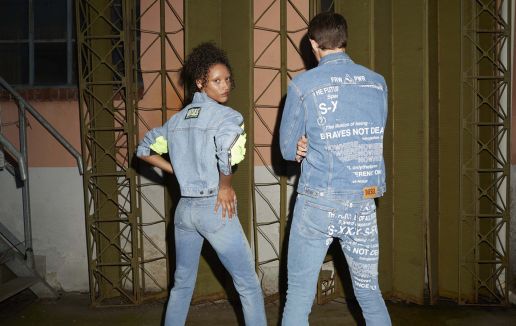
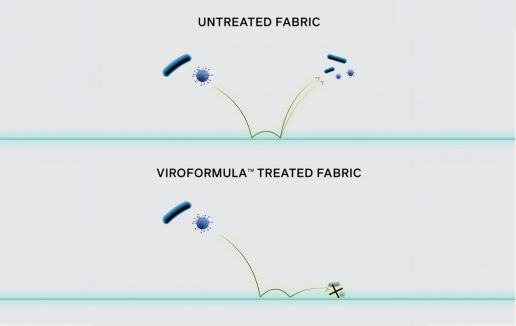
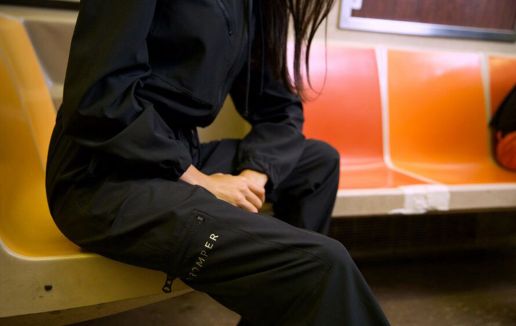
4. A Viable Gap in the Textile Market?
It should come as no surprise that the outbreak of the Covid-19 has resulted in an increase in R&D activities for antimicrobial textiles. Brands are already starting to introduce garments made of antimicrobial fabrics. A great example is the virus-fighting denim – a collaboration between Diesel and the Swedish chemicals company Polygiene. Using Viraloff technology, Polygiene’s treatment of the textiles reduces viruses by over 99 per cent on the material in two hours but the company advises users to “wash less and only when needed”.
Another new fabric launched in 2020 was Viroformula. Designed to “protect against viruses and bacteria” with cutting edge technology, the innovation was presented by the Albini Group, a material supplier for luxury brands like Tom Ford and Prada. Then there is BioRomper, an antimicrobial garment that blends fashion and function. The new super suit has been designed to eliminate cross-surface contamination during travel. The innovative romper is made of high-quality recycled materials that are sleek, stretchy with an antimicrobial finish.
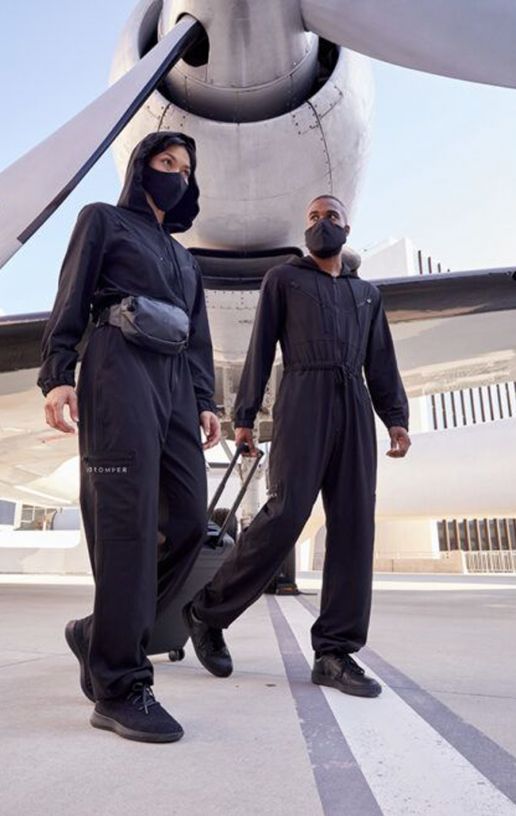
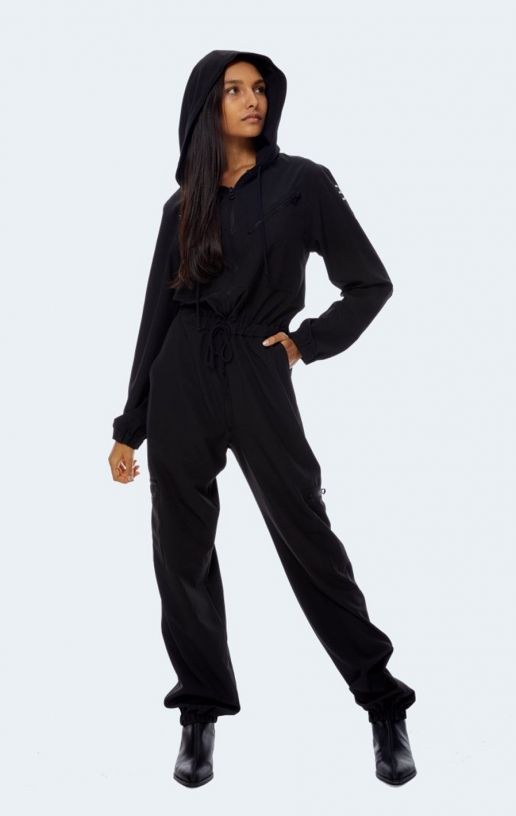
5. Can Antimicrobial Textiles Be Part of a Covid-19 Fighting Arsenal?
While there are some studies which suggest that antimicrobial textiles cannot effectively fight against viruses, HeiQ, a textile innovator who has been adding functionalities to fabrics since 2005, disagrees. Recently, HeiQ launched a mask made out of a material featuring copper technology that could deactivate the Covid-19 virus “in 5 minutes”, containing an ultra-thin pure copper coating applied via a high-tech vapour deposition process called HeiQ MetalliX. It converts a tiny amount of copper into vapour, allowing it to be deposited evenly to surround each fibre.
“Antiviral fabrics reduce the risk of virus transmission through surface contamination and are added protection from the virus.” Adding: “HeiQ does not want to make health claims and give people a wrong sense of security. Antiviral fabric is one factor in keeping people safe, but it needs to go hand in hand with other measures, such as keeping a social distance, wearing face masks when in crowded areas and washing hands regularly.” – Rahel Kägi Romero, Marketing Manager, HeiQ.
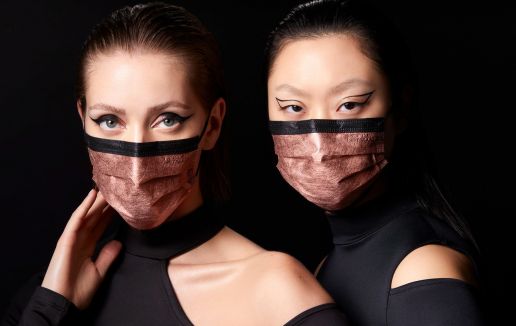
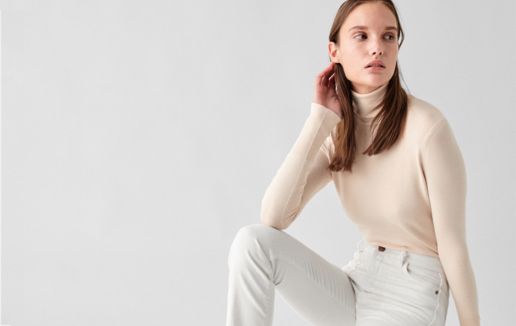
Believing in HeiQ’s material achievements is Warp + Weft. The brand, built on sustainability, partnered up with HeiQ to add the Swiss company’s antimicrobial textile technology to its fabrics. The self-sanitizing and germ-resistant surface were added to the softener during the laundering process of denim production. Even though this was an exciting partnership that showed how far antimicrobial materials have come, Sarah Ahmed, chief executive officer of Warp + Weft, told WWD that due to legalities and red tape, they could not legally guarantee that the fabric will protect against Covid-19.
If you are still unsure whether antimicrobial textiles are hero or hype, but you still want to try the innovation out, I advise you to first make sure you hop and skip past the gimmicky version of these textiles. Secondly, find out which antimicrobial agent the manufacturer uses. Lastly, keep your selection narrow, so you can test the market before rolling out your tech-infused textile product.
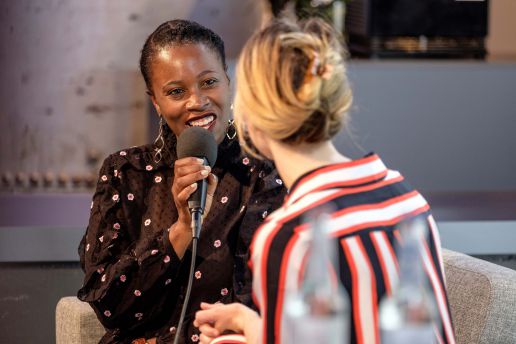
ABOUT THE AUTHOR
Founding editor-in-chief of FashNerd.com, Muchaneta has worked in the fashion industry for over 14 years. She is currently one of the leading influencers speaking and writing about the merger of fashion with technology and wearable technology.
Muchaneta Kapfunde | editor@fashnerd.com

